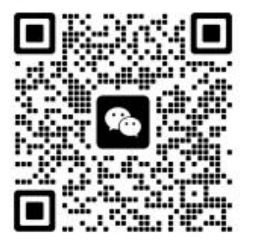Developing applications that utilize capacitive touch sensors, such as the CFR-25JB-52-110K, involves leveraging several key technologies and methodologies. Capacitive touch sensors are favored in various devices due to their ability to detect touch through the electrical properties of the human body. Below is an overview of the key technologies involved and notable success stories in application development.
| 1. Capacitive Sensing Technology | |
| 2. Microcontroller Integration | |
| 3. User Interface Design | |
| 4. Power Management | |
| 5. Environmental Considerations | |
| 1. Consumer Electronics | |
| 2. Home Automation | |
| 3. Automotive Applications | |
| 4. Industrial Applications | |
| 5. Healthcare Devices |
The development of applications using capacitive touch sensors like the CFR-25JB-52-110K is driven by advancements in sensing technology, microcontroller integration, and user interface design. Success stories across various industries highlight the versatility and effectiveness of capacitive touch technology in enhancing user experience and functionality. As technology continues to evolve, we can expect even more innovative applications and improvements in capacitive touch sensing, paving the way for smarter and more interactive devices.
Developing applications that utilize capacitive touch sensors, such as the CFR-25JB-52-110K, involves leveraging several key technologies and methodologies. Capacitive touch sensors are favored in various devices due to their ability to detect touch through the electrical properties of the human body. Below is an overview of the key technologies involved and notable success stories in application development.
| 1. Capacitive Sensing Technology | |
| 2. Microcontroller Integration | |
| 3. User Interface Design | |
| 4. Power Management | |
| 5. Environmental Considerations | |
| 1. Consumer Electronics | |
| 2. Home Automation | |
| 3. Automotive Applications | |
| 4. Industrial Applications | |
| 5. Healthcare Devices |
The development of applications using capacitive touch sensors like the CFR-25JB-52-110K is driven by advancements in sensing technology, microcontroller integration, and user interface design. Success stories across various industries highlight the versatility and effectiveness of capacitive touch technology in enhancing user experience and functionality. As technology continues to evolve, we can expect even more innovative applications and improvements in capacitive touch sensing, paving the way for smarter and more interactive devices.








